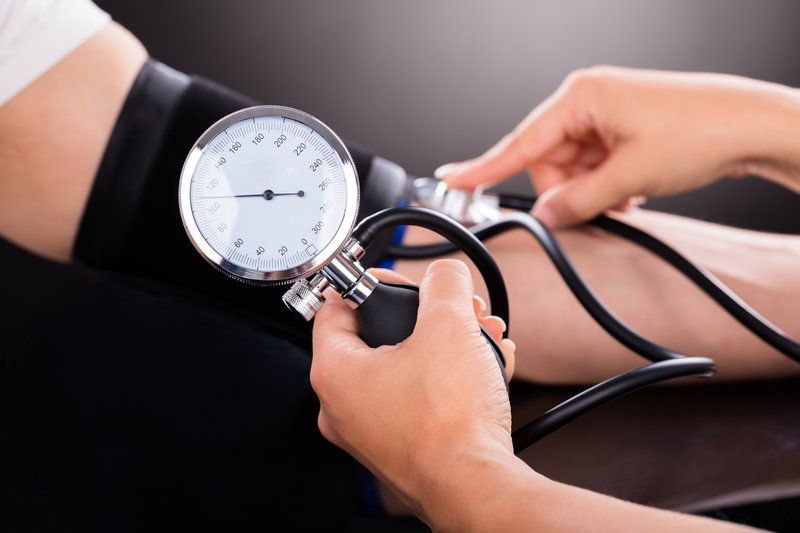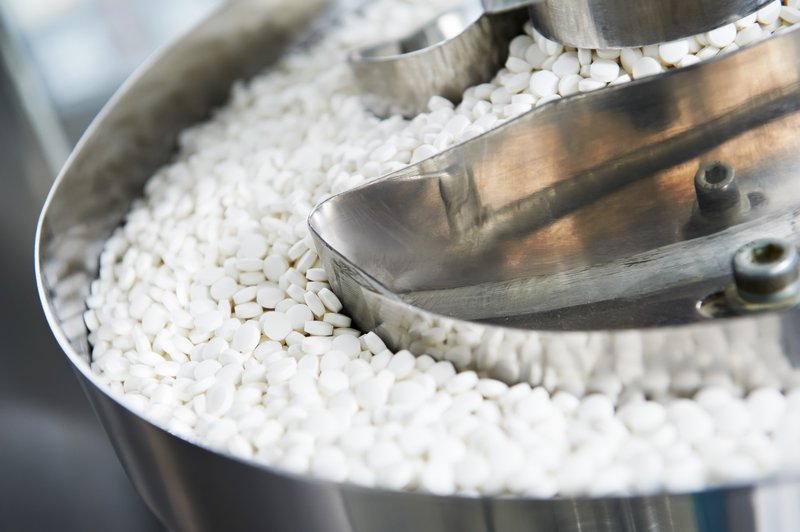World Health Day
7 April – World Health Day, 2020 – International Year of the Nurses and the Midwives
7 April – World Health Day: the theme of this year’s World Health Day is support for nurses and midwives in their work. Faced with the novel coronavirus epidemic, we are particularly grateful for all their efforts.
Support nurses and midwives all over the world
The World Health Organisation designated 2020 the International Year of the Nurses and the Midwives. Why? To commemorate the 200th anniversary of the birth of Florence Nightingale, the founder of modern nursing, and because of the key role of nurses and midwives in health protection and preservation. Florence Nightingale, born on 12 May 1820 in Florence, Italy, introduced the first formal education for nurses, laying the groundwork for the development of nursing as a profession and an important milestone in the occupation of nurses and midwives.
This year’s campaign focuses on strengthening nursing and midwifery, but in the light of recent global events related to coronavirus, the focus of the campaign is expressing support and appreciation for all nurses and midwives for their care and sacrifice.
On this occasion, SURS together with the National Institute of Public Health (also an authorized producer of national statistics) wishes to draw attention to some official statistical data in this field.
In 2018 over 21,000 nursing professionals, nursing associate professionals and graduate midwives in the health-care sector
According to the National Institute of Public Health, there were 7,104 nursing professionals (57.4% of them were employed in hospitals), 245 graduate midwives and 13,927 nursing associate professionals at the end of 2018.

Most nursing professionals per 100,000 population in the Osrednjeslovenska statistical region
A comparison by statistical regions shows that as regards the indicator per 100,000 population at the end of 2018 most nursing professionals were employed in health care in the Osrednjeslovenska statistical region and the fewest in the Primorsko-notranjska statistical region. The number of nursing associate professionals was the highest in the Pomurska statistical region, followed by the Osrednjeslovenska statistical region. It was the lowest in the Primorsko-notranjska statistical region.
Nursing professionals also help those in need of long-term care, the number of whom is increasing
Long-term care is a form of care provided to people in need of assistance in everyday activities due to old age, chronic illness, accident or decline of cognitive abilities. Also here nursing professionals are indispensable. Due to population ageing and the related increase in the number of people needing assistance of other persons in everyday activities, the need for long-term care is also increasing. At the end of 2017 most people used these services in institutions, namely 35.5% or about 22,900, most of them in old people’s homes. The second largest group were people using long-term care services at home (34.9% or almost 22,500); most of them were using community health nursing services. Those who were receiving only cash benefits to pay for various long-term care services represented over a quarter or about 18,500 persons. In addition, 527 persons were receiving day care at the end of 2017, most of them in day care centres in old people’s homes.
Expenditure on long-term care of infirm, ill and disabled people is increasing
In 2017, EUR 521 million or 1.21% of GDP (3.1% more than in 2016) was spent on long-term care in Slovenia. The main source of financing was public expenditure. Long-term care expenditure is divided into health care expenditure and social care expenditure. Expenditure for the health part of long-term care was twice as high as for the social part. The largest part of the health part of long-term care was intended for care in institutions (almost three quarters), with just over a quarter intended for home-based care and about half a percent for day cases of long-term care.
Health is our greatest asset in all periods of life
The data show that the health status of persons has an important impact on their overall life satisfaction. Those residents of Slovenia who in 2018 thought that their health status was very good assessed their overall life satisfaction with an average score of 8.3 on a scale from 0 to 10. The average self-assessment was 7.3.
Health is one of the factors that have the largest impact on life satisfaction. We are especially aware of this being endangered by the novel coronavirus. According to data for 2018, general health status was assessed as very good or good by about seven out of ten Europeans. The share in Slovenia was 65.4% of the population aged 16+. The share of people who assessed their general health status as very good or good was the highest in Ireland (84.2%) and the lowest in Lithuania (44%) and Latvia (46.9%).
The World Health Organisation designated 2020 the International Year of the Nurses and the Midwives. Why? To commemorate the 200th anniversary of the birth of Florence Nightingale, the founder of modern nursing, and because of the key role of nurses and midwives in health protection and preservation. Florence Nightingale, born on 12 May 1820 in Florence, Italy, introduced the first formal education for nurses, laying the groundwork for the development of nursing as a profession and an important milestone in the occupation of nurses and midwives.
This year’s campaign focuses on strengthening nursing and midwifery, but in the light of recent global events related to coronavirus, the focus of the campaign is expressing support and appreciation for all nurses and midwives for their care and sacrifice.
On this occasion, SURS together with the National Institute of Public Health (also an authorized producer of national statistics) wishes to draw attention to some official statistical data in this field.
In 2018 over 21,000 nursing professionals, nursing associate professionals and graduate midwives in the health-care sector
According to the National Institute of Public Health, there were 7,104 nursing professionals (57.4% of them were employed in hospitals), 245 graduate midwives and 13,927 nursing associate professionals at the end of 2018.
Most nursing professionals per 100,000 population in the Osrednjeslovenska statistical region
A comparison by statistical regions shows that as regards the indicator per 100,000 population at the end of 2018 most nursing professionals were employed in health care in the Osrednjeslovenska statistical region and the fewest in the Primorsko-notranjska statistical region. The number of nursing associate professionals was the highest in the Pomurska statistical region, followed by the Osrednjeslovenska statistical region. It was the lowest in the Primorsko-notranjska statistical region.
Slovenia ranks 14th in terms of the number of nursing professionals employed in health care per 100,000 population out of 17 compared EU-28 Member States
Looking at the number of persons employed in these three occupations per 100,000 population, in 2017 Slovenia was ranked in the top third among the 17 EU Member States for which data are available: taking into account that the number includes both nursing professionals (tertiary educated) as well as associate (upper secondary educated) nurses. As regards the number of nursing professionals per 100,000 population, Slovenia is 14th among the 17 EU Member States for which the data are available, i.e. in the last third. This means that despite the fact that in recent years the number of nursing professionals employed in health care in Slovenia has been increasing, we still lag behind thirteen of the seventeen countries in our comparison.
Nursing professionals also help those in need of long-term care, the number of whom is increasing
Long-term care is a form of care provided to people in need of assistance in everyday activities due to old age, chronic illness, accident or decline of cognitive abilities. Also here nursing professionals are indispensable. Due to population ageing and the related increase in the number of people needing assistance of other persons in everyday activities, the need for long-term care is also increasing. At the end of 2017 most people used these services in institutions, namely 35.5% or about 22,900, most of them in old people’s homes. The second largest group were people using long-term care services at home (34.9% or almost 22,500); most of them were using community health nursing services. Those who were receiving only cash benefits to pay for various long-term care services represented over a quarter or about 18,500 persons. In addition, 527 persons were receiving day care at the end of 2017, most of them in day care centres in old people’s homes.
Expenditure on long-term care of infirm, ill and disabled people is increasing
In 2017, EUR 521 million or 1.21% of GDP (3.1% more than in 2016) was spent on long-term care in Slovenia. The main source of financing was public expenditure. Long-term care expenditure is divided into health care expenditure and social care expenditure. Expenditure for the health part of long-term care was twice as high as for the social part. The largest part of the health part of long-term care was intended for care in institutions (almost three quarters), with just over a quarter intended for home-based care and about half a percent for day cases of long-term care.
Health is our greatest asset in all periods of life
The data show that the health status of persons has an important impact on their overall life satisfaction. Those residents of Slovenia who in 2018 thought that their health status was very good assessed their overall life satisfaction with an average score of 8.3 on a scale from 0 to 10. The average self-assessment was 7.3.
Health is one of the factors that have the largest impact on life satisfaction. We are especially aware of this being endangered by the novel coronavirus. According to data for 2018, general health status was assessed as very good or good by about seven out of ten Europeans. The share in Slovenia was 65.4% of the population aged 16+. The share of people who assessed their general health status as very good or good was the highest in Ireland (84.2%) and the lowest in Lithuania (44%) and Latvia (46.9%).
When making use of the data and information of the Statistical Office of the Republic of Slovenia, always add: "Source: SURS". More: Copyright.

.jpg)


